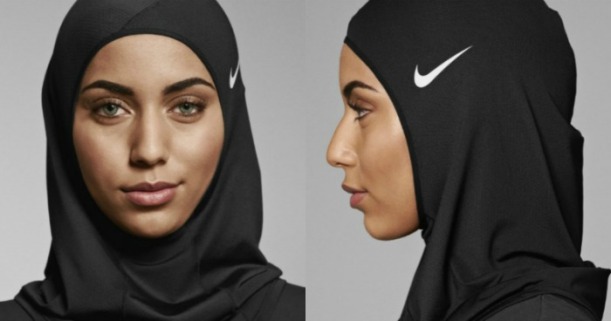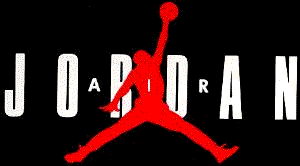Brands through the years have been jostling for position as the leader in their category. Some have done this through innovation in product design. Some have focussed on providing excellent customer service and others on generating a go to brand. There are many other ways brands have attempted to be top dog, however a common method is by creating collaborations.
Collaborations can take various forms an can centre on partnerships between brands and individuals, brands and various bodies and of course brands with other brands. Collaborations are not mere marketing tactics, sponsorship and ads cannot be confused with collaborations. Collaborations, in their truest sense are when two parties work together to create something. In fact to put it more succinctly below is the definition from Business Dictionary

Fashion and sports industries have been at the heart of these collaborations for some time. However other brands such as tech companies and car marques have taken great strides in their collaborations.
So, what is the basis of a good collaboration?
- Objectives
Now stating objectives might seem obvious. But for me, this is crucial to ensure that everybody involved understands why you are doing the collaboration. All stakeholders involved need to share the same goals and adhere to the same objectives.
The basis of all collaborations isn’t necessarily always down to a direct ROI and instant revenue from the product you create.

Charli XCX x boohoo
An example of this that I personally worked on was CharliXCX x boohoo. The basis behind this was to open boohoo up to the slightly edgier girl. However, the primary objective was to help accelerate our launch in the US by achieving greater levels of press coverage. The multi-collection collaboration did well in terms of sales, however, as a business this wasn’t our primary objective. We answered the questions in relation to our investment by achieving press coverage of a much greater value than the monetary investment placed by boohoo. The coverage we got in fashion and lifestyle publications and websites in the US such as Access Hollywood and Yahoo Celebrity would have been close to impossible with a standard fashion message.
2. Credibility
This is a tricky angle for a brand to tackle. How can you use a collaboration to make your brand more credible and become accessible to a wider and critical audience? Well Monster managed to crack this in one of the early celebrity/influencer collaborations when it partnered with “gangsta rapper” Dr Dre to create Monster Beats. Monster created some good, but lets be honest, not great earwear but with the power of Dre behind it, the brand and hardware became instantly credible and sold in bucket loads. Obviously we all know that this didn’t end particularly well and Dre and Monster split with Dre creating Beats by Dre which literally earned him a hood full of cash.

Dre teamed up with Monster for his first Beats collection
3. Expertise
Sometimes there are specialist audiences or areas to target that are just to difficult to do on your own. Nike are the kings of collaborations and their recent decision to tie-up with Muslin Athletes to create a Nike Hijab is inspired. Not only does it open the brand up in a new way it also provides quality items with branding that was previously difficult to attain. Obviously it is too early to decide if this is a commercial success, but the attention the collaboration has received has probably warranted the decision.

Nike team up with Muslim athletes to create its own Nike Hijab
4. Commercial
When Nike first teamed up with NBA legend Michael Jordan, it was largely to gain a foothold in the streetwear market. Yes, it was a collaboration that used Jordan‘s athletic prowess to produce footwear that aided athletic performance. However, Jordan was so synonymous with America’s urban black culture at the time, that the main benefit was to create quality AthLeisure. The solid product placement in Spike Lee‘s film Do The Right Thing really cemented its place in Hip Hop and Urban culture.

Nike Air Jordan one of the finest collaborations of the modern era
5. Creativity
When Land Rover wanted to make its baby Range Rover Evoque stand out they called on the fashion expertise of none other than Victoria Beckham. The Posh brand (Becks that is not Range Rover) is so popular across the globe, but never more so then China, Brazil and the Middle East all breakthrough markets at the time for the vehicle marque. Only a few hundred of Beckham’s Evoque’s went on sell, however the model became quickly known as the car Victoria Beckham designed. There are many other examples of vehicle manufacturers teaming up with designers to ensure creativity comes to the fore.

Victoria Beckham and the Range Rover Evoque she designed
6. Stature
When a high street brand wants to attract a more affluent customer or help its core customers buy up by feeling part of something bigger, what do they do? Well team up with a major designer of course.
This goes on in fashion on a pretty frequent basis and one of the best examples is Balmain x H&M. The collaboration saw prestige designer Balmain create a capsule range for the global high street fashion retailer. Obviously, H&M isn’t budget anyway, so it wasn’t a huge stretch, but the difference between brands was still marked. The success of the collaboration was unprecedented with the whole collection selling out, queues around the block in major cities across the globe including fashion capitals New York and London and items selling on eBay for pretty much close to the price tag of core Balmain items.

Balmain x H&M was a successful collaboration






